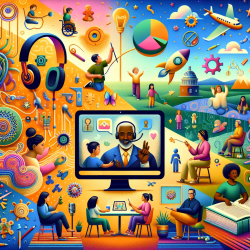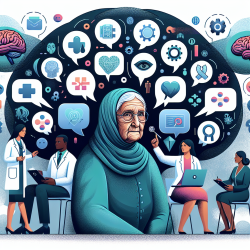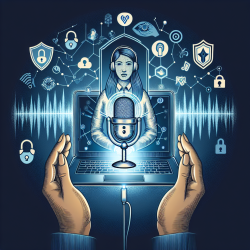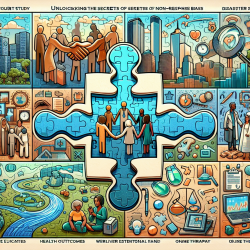Empowering Voices: Navigating the World of Speech Therapy
In the realm of education, speech therapy holds a vital place, especially for students who face challenges in communication. As a Special Education Director, I have witnessed the transformative power of speech therapy in helping students express themselves more clearly and confidently. With the advent of online therapy services like TinyEYE, schools now have the opportunity to provide essential support to students, regardless of geographical barriers.
Understanding the language of speech therapy is crucial for educators, parents, and therapists alike. Below is a glossary of commonly used terms in speech therapy, adapted from the "Terminology of Communication Disorders" by Lucille Nicolosi, Elizabeth Harryman, and Janet Kresheck. This glossary serves as a guide to understanding the complexities of speech and language disorders.
- Ankyloglossia: Limited movement of the tongue due to abnormal shortness of the lingual frenum, commonly known as tongue-tie.
- Apraxia: A disorder characterized by impaired capacity to program the position of speech musculature and the sequencing of muscle movements for speech production.
- Articulation: The way phonemes are formed in speech, and articulation disorders involve incorrect production of speech sounds.
- Auditory Processing Disorder: Impaired ability to attend, discriminate, recognize, or comprehend auditory information, even though hearing and intelligence are within normal limits.
- Augmentative and Alternative Communication (AAC): Approaches designed to support, enhance, or supplement the communication of individuals who are not independent verbal communicators.
- Dysarthria: A collection of motor speech disorders due to impairment originating in the central or peripheral nervous system.
- Echolalia: The tendency to repeat without modification what is spoken to an individual, with variations like delayed, immediate, mitigated, and unmitigated echolalia.
- Fluency: The smoothness with which sounds, syllables, words, and phrases are joined together during oral language.
- Phonological Processes: Techniques used by children to simplify speech when attempting to produce adult words, including developmental and idiosyncratic processes.
- Stuttering: A disturbance in the normal fluency and time patterning of speech, characterized by repetitions, prolongations, and blocks.
These terms represent just a fraction of the complex world of speech therapy. Each term encapsulates a unique aspect of speech and language development, offering insight into the challenges faced by individuals with communication disorders.
As schools grapple with therapist staffing shortages, online therapy services like TinyEYE provide a crucial solution. By offering remote access to certified speech therapists, TinyEYE ensures that students receive the necessary support to overcome their communication challenges. This innovative approach not only bridges the gap in therapist availability but also allows for personalized, flexible therapy sessions tailored to each student's needs.
Moreover, the integration of online therapy into school systems fosters collaboration between educators, parents, and therapists. Through virtual meetings and shared progress reports, all stakeholders can actively participate in a student's speech therapy journey, ensuring a holistic approach to their development.
In conclusion, speech therapy is a powerful tool in empowering students to find their voices. By understanding the terminology and embracing innovative solutions like online therapy, we can create a more inclusive and supportive educational environment for all students. Let us continue to work together to break down communication barriers and help every student reach their full potential.
For more information, please follow this link.










